LG 29 cu. ft. French Door Refrigerator with Slim Design Water Dispenser – LRFWS2906D
More space. More chilled water. Less fuss. This is the refrigerator you dreamed of with the feature set that matters. Open the wide French Doors to reveal a spacious 29 cu. ft. of storage ‑ now more useful space than ever. Without a bulky ice maker looming on the top shelf, you can truly store more. But you still have the convenience of an in‑door water dispenser. And that’s more to love, too ‑ this model has LG’s largest water container yet. A half gallon of filtered, cool water is ready for guests or busy weekends. You also get LG’s latest innovations like the new PrintProof™ easy‑care finish.
You’ll get more with this French‑Door refrigerator with in‑door water dispenser.
More space. More chilled water. Less fuss. This is the refrigerator you dreamed of with the feature set that matters. Open the wide French Doors to reveal a spacious 29 cu. ft. of storage ‑ now more useful space than ever. Without a bulky ice maker looming on the top shelf, you can truly store more. But you still have the convenience of an in‑door water dispenser. And that’s more to love, too ‑ this model has LG’s largest water container yet. A half gallon of filtered, cool water is ready for guests or busy weekends. You also get LG’s latest innovations like the new PrintProof™ easy‑care finish.
LG 29 cu. ft. French Door Refrigerator with Slim Design Water Dispenser – LRFWS2906D
- Ultra Large Capacity, 29 cu. ft. (chilled water)
- External Water Dispenser with LED Light
- More Chilled Water
- Factory Installed Automatic Ice Maker
- ENERGY STAR® Qualified
- Smart Cooling® System
Features
Discover a spacious 29 cu. ft. of storage ‑ now more useful space than ever. Without a bulky ice maker on the top shelf, you can put every inch toward storing your fresh favorites. This LG French Door refrigerator also gives you more chilled water than before ‑ perfect for when friends come over or busy summer weekends.
Fresh, filtered water without opening the door.
Conveniently access chilled water with a streamlined dispenser design. Getting water is still convenient but now looks sleek, modern and lights up with LED brightness.
Enjoy More Chilled Water
A half gallon of cool, filtered water is ready whenever you need it ‑ our largest chilled water capacity yet! That means you can skip the water pitcher sitting inside your fridge and reclaim that space for more fresh foods. Plus, it’s great when guests are over ‑ there’s plenty of water ready, as the container is continuously refilled and chilling.
Ready when you need it.
Our built‑in icemaker automatically makes ice cubes, so that you always have ice on hand for those hot summer days or when entertaining at home.
Save money. Save energy.
This ENERGY STAR® qualified LG refrigerator exceeds federal energy standards to positively impact your energy bill, your energy consumption, and most importantly, the environment.
Fresher is better.
Smart Cooling® system is designed to maintain superior conditions within the refrigerator. The Linear Compressor reacts quickly to temperature fluctuations and helps keep your food fresher, longer. Meanwhile, strategically‑placed vents in every section help to surround your food with cool air no matter where you put it.
Easy in. Easy out.
The Smart Pull® Handle makes opening and closing the freezer quick and easy. All it takes is a simple lift of the handle for effortless access to your freezer.
Great Light.
LED panels located on the rear of the refrigerator provide an exceptionally bright interior and saves energy over traditional lighting.
Additional information
| Width | 35.75 (in) |
|---|---|
| Depth | 36.25 (in) |
| Product Weight | 340 lbs |
| Dimensions | (DxWxH): 36 1/4" x 35 3/4" x 69 3/4 |
| Color | Black Stainless Steel |
| Total Capacity | 29 cu.ft. |
| Height Filter | 68" – 69.9" |
| Freezer Capacity | 9.5 cu.ft. |
| Refrigerator Capacity | 19.5 cu.ft. |
| Storage | 6 Bins Total (2 Adjustable Gallon Sized) |
| Freezer Compartments | 2 Drawers with dividers |
| Cooling Type | Door Cooling+, Smart Cooling™ System, Multi-Air Flow™ System |
| Number Of Doors | 3 |
| Thermostat | Digital |

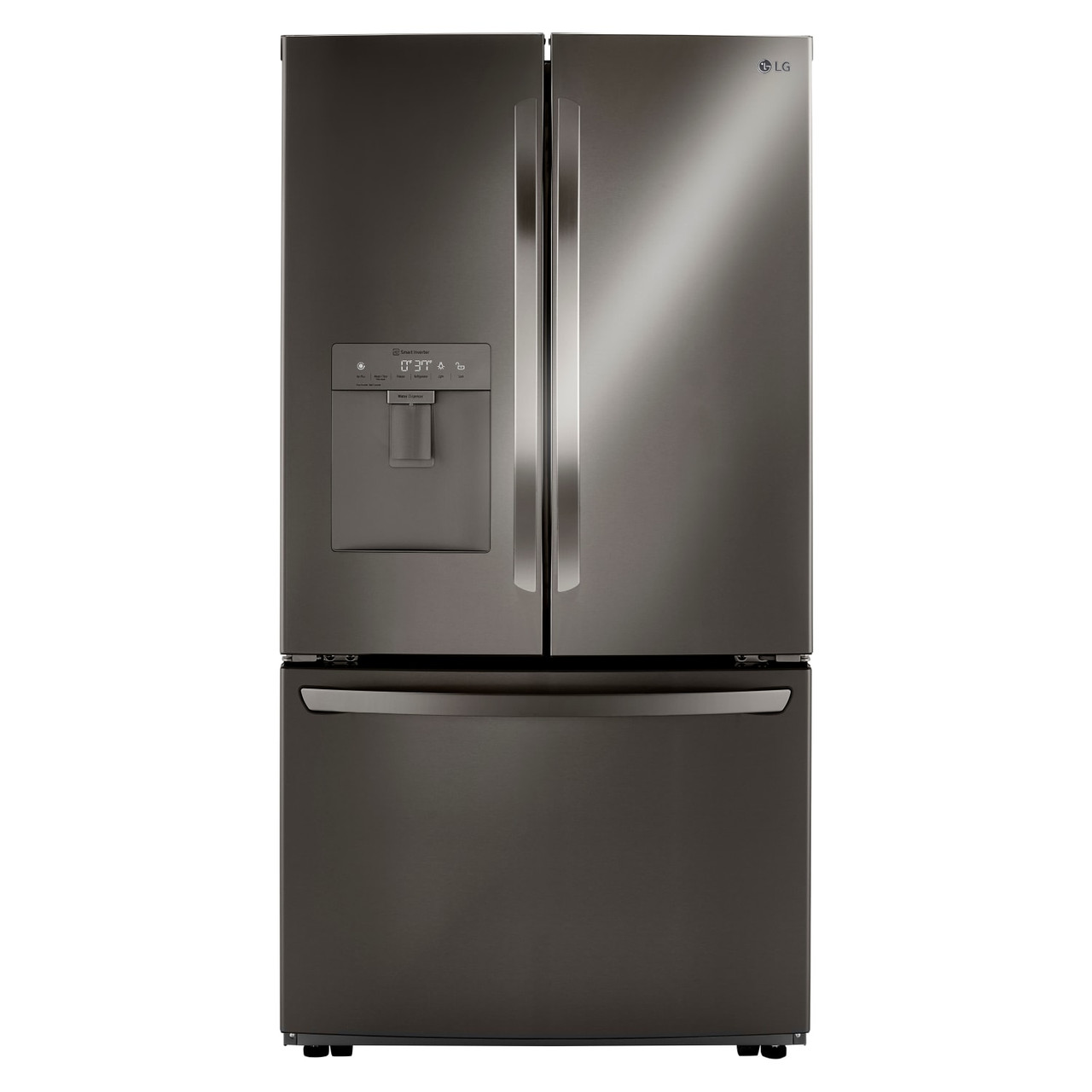
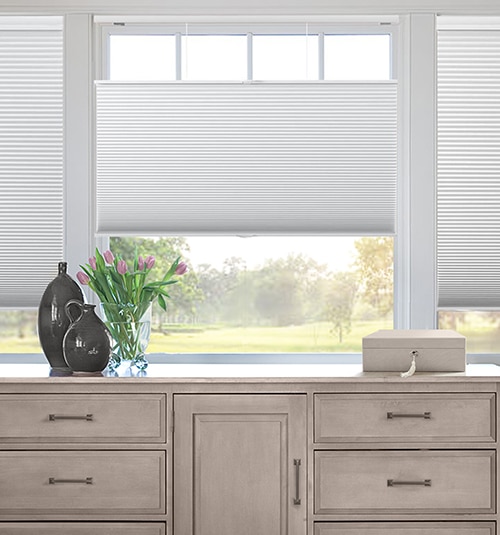
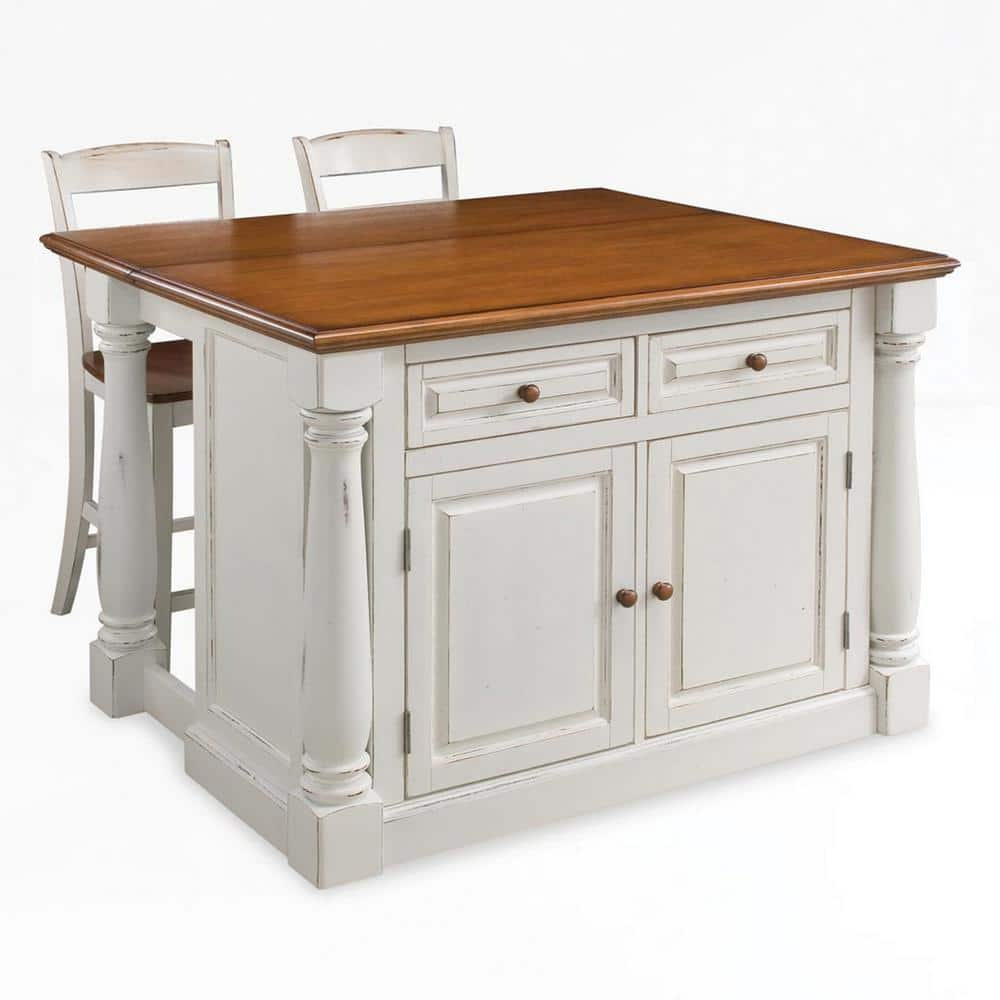
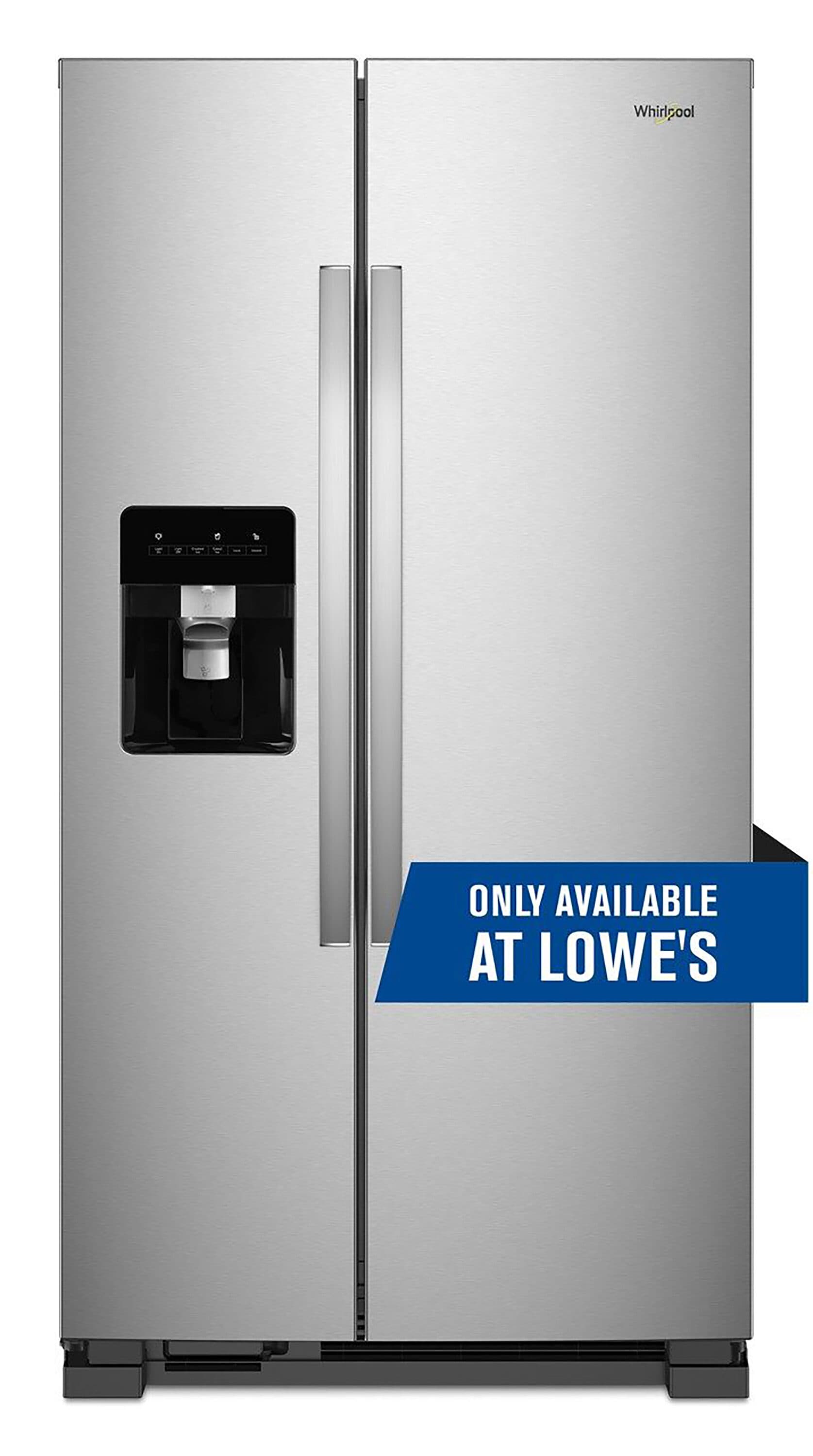
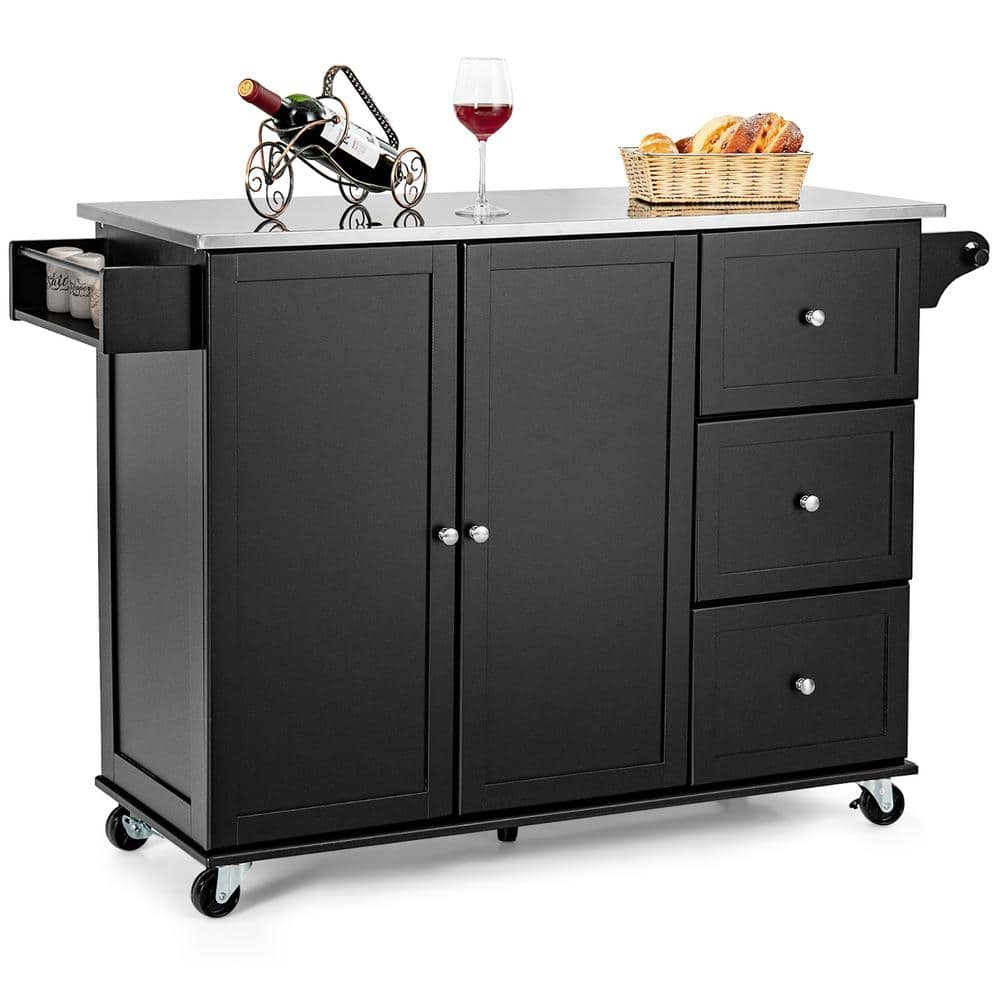
by Gibbs
Efficient delivery and installation crews and appliance working very well
by Jean
My wife wanted to replace our refrigerator so we went to Conn’s new store. Our greeter took us straight to the refrigerators and narrowed our options based on our requests. He answered all our questions including getting answers from other employees. The payment process was very simple.
by Lord
The fridge looks great and has plenty of space.
by Donna
So far so good but with a couple of observations. We live in the high desert so ice is a major accessory and actually the main reason we bought a new appliance. It took several days to produce the initial bucket full. It appears to be producing enough now (with the ice plus feature constantly engaged) but I’m keeping my eye on it. Next, a minor detail but the deli drawer requires both doors to be open to access it. I like having the deli drawer but opening both doors sort of defeats the purpose of the double doors?
by Halipoo
I love this refrigerator some much in my Canada home and when I needed to buy one in our Florida home it was without a doubt that we wanted the same refrigerator!!
by Pedro
I bought this about 3 months ago, I’m having an issue with the bottom drawer ice maker building ice all over the unit and frosting my ice cubes and surround drawer.
by Mandy
This fridge wasn’t my first choice, but after carefully considering a few others on the floor, I’m glad I chose this one. It was cheaper, has more room inside and on the doors, and it works perfect, so far. It’s crazy how much more room this fridge has! I can’t fill it up—even, with leftovers!